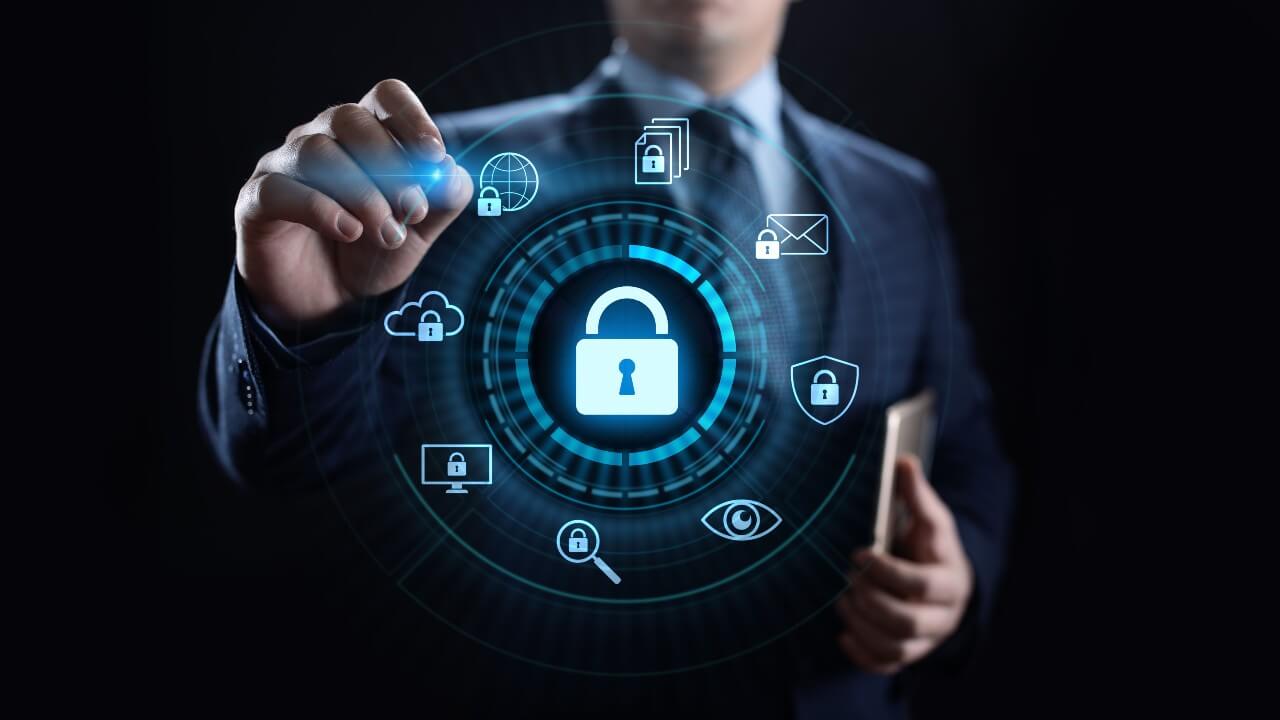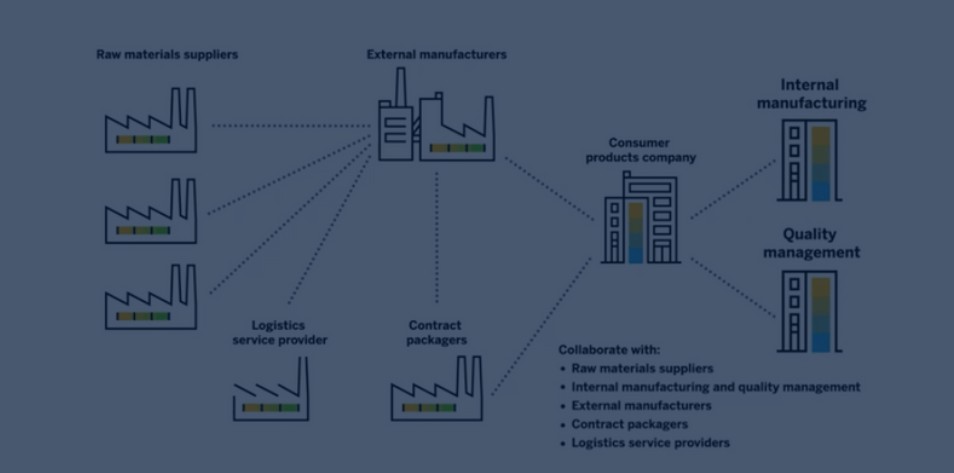Traditional notions of office are passé. New technologies spread across the corporate network beyond the corporate firewall in a big way. The challenge before IT security teams is to secure every single device connected to the corporate network. Unmanaged endpoints, such as remote worker laptops, IoT devices, and public cloud endpoints do not have the corporate security agents installed. Roving cyber-criminals pry on vulnerabilities in such devices. They gain access to the corporate network through such weak links. Here are five key challenges of cybersecurity asset management and how to overcome them.
Challenge #1: Visibility Gaps
The biggest stumbling block to cybersecurity is visibility. Unless enterprise IT knows about the device, they cannot manage it. The solution is comprehensive asset inventory to secure all endpoints. But this is easier said than done.
Until not too long ago, accounting for all the devices used by the enterprise was a simple task. But with device fragmentation and mobile computing, everything has changed. Today, device inventory resembles a scavenger hunt. It entails tracking each device that accesses the corporate network. The alternative is collecting the list of devices used by every single employee.
With devices having become affordable, employees use multiple devices for convenience. In 2010, the average person used 1.84 connected devices. The corresponding figure for 2020 was 6.58, without considering IoT devices. A typical employee uses over four devices a week. Side-by-side, several endpoints exist in silos, as the network grows inorganically.
A comprehensive enterprise cybersecurity asset management platform offers full device visibility. Innovative, state-of-the-art, and agentless cybersecurity asset management tools such as Armis offer a different approach than agent-based tools. It offers a passive device management approach. It breaks through the barriers posed by invisible devices and protects all devices connected to the network. Enterprises could tackle the visibility issues easily by deploying Armis. The platform offered a holistic view of all endpoints connected to the company’s expansive cloud network.
Challenge #2: Device Fragmentation
Visibility helps little without the capability to fix the issues. Bring Your Own Device (BYOD) and the work-from-home trend increased the number of unmanaged assets exponentially. Many employees who embraced BYOD do not follow the BYOD rules and compromise security. Enterprise IT ends up with the worst of both worlds–a fragmented IT asset landscape and compromised security.
The more the number of devices, the more the tools needed to track and secure such distinct types of assets. The tools already on hand may not offer comprehensive protection to newer devices. For instance, each new type of smartphone places more strain on the IT security team. Enterprises end up spending on additional solutions to control such scattered devices.
On average, an enterprise depends on eight different tools for asset inventories, and these tools are often inadequate. They also indulge in massive manual efforts to pull together the data from these disparate and often overlapping tools.
As this is often not viable, glaring security loopholes emerge. An unknown device is a risky device. Enterprises may be blind to 40% of all problematic devices.
The solution is a comprehensive enterprise asset management platform. Tools such as Armis track all devices, perform gap analysis and deliver comprehensive insights. The platform automates data collection and policy enforcement.
Challenge #3: Complexity of IT Infrastructure
Along with device fragmentation, IT infrastructure has grown to become diverse and dynamic. Research by Enterprise Security Group (ESG) reveals 72% of enterprises made their IT environment more complex over the last two years.
The pandemic-initiated rapid shift to remote work has exacerbated the complexity. 55% of the enterprises consider the shift to remote work as increasing the complexity of their networks. Several remote workers connect to the cloud from their endpoint. They bypass the corporate infrastructure that hosts identity and access controls. Another leading cause of network complexity is the use of public cloud infrastructure.

Other leading causes of complexity include changes in technology infrastructure, an increase in the number of applications in use, changes in privacy and security regulations, and the rise of shadow IT. All these increase blind spots and make it challenging to find hardware and software vulnerabilities.
Cybersecurity asset management platforms, such as Armis, discover vulnerable apps, cloud instances, devices, and much more. It makes explicit what is running on the network and devices that do not have critical software or firmware updates. It also performs continuous passive tracking and automatic network segmentation.
These tasks, done frictionless, enforce a high level of security, regardless of the complexity of the network.
Challenge #4: Increasing Adoption of the Cloud and IoT
The cloud and IoT offer several advantages. But without the right asset management strategies, these technologies increase network vulnerability.
Nearly seven out of ten enterprises run unmanaged and IoT devices in their enterprise environments. Business exigencies and other unintentional factors lead to such a state of affairs.
The gap between the cloud infrastructure, IoT, and end-user devices is widening in many enterprises. Often, enterprise IT struggles to understand the location of their critical data. They cannot offer effective protection for such data or meet compliance requirements. There is also an increased risk of data loss, owing to incomplete backups. Poor data management leads to accidental data deletion, ransomware attacks, and other mishaps.
Enterprises that eliminate visibility gaps reduce their public cloud security incidents by 70%.
Armis offers unified asset management and upgrades the security to cover unmanaged and IoT devices. The platform automates device discovery. Enterprise IT gets a single, unified view of all the assets, including IoT sensors, the public cloud assets, and more. Application of security protocols becomes fast, accurate, and easy.
Challenge #5: Inability to Get Contextual Information about an Alert
Effective cybersecurity depends on contextual information about an alert. A standard threat detection solution reveals the IP address, time, indicator, and few other data points. But such information is often useless without context. Threat vectors come in many types and volumes. Effective countermeasures depend on having key information on the attack.
A cybersecurity analyst needs answers to questions such as:
● The machine operating in the IP address, and its purpose. For instance, if the attack is through an unmanned IoT sensor, a corporate laptop used by a remote worker, a desktop used by an at-home worker, or anything else.
● The user logged into the IP–it is a genuine employee or a hacker. If it is a genuine employee, have hackers compromised his account, or is he a rogue insider?
● The location of the machine, to identify the source of the attack
● The data and resources that the machine has accessed. The implications of the attack increase with the privileges owned by the user.
Contextual Information comes from agent-based tools, networking gear, NAC solutions, VA scanners, IAM tools, firewalls, and other network security tools. But finding out and correlating such information is time-consuming. Any alert is a potential indicator of a breach and requires immediate investigation and remediation. In most cases, delayed remediation will be akin to bolting the stable after the horse has bolted.
A comprehensive asset management solution, such as Armis, provides contextual information in real-time. It automates the process, making sure the information is current and accurate.
It provides contextual information in real-time into:
● The vulnerabilities in the software and firmware on the identified devices
● The software or processes running on the machine at the time of the alert.
● Missing critical software or firmware updates.
The comprehensive insights reveal any larger problems that may spread quickly, and if other endpoints may be at risk.
As the world becomes increasingly digitized, cybersecurity challenges will increase even more. Enterprises who invest in state-of-the-art cybersecurity asset management tools such as Armis will future-proof their business and reap rich competitive advantage.












